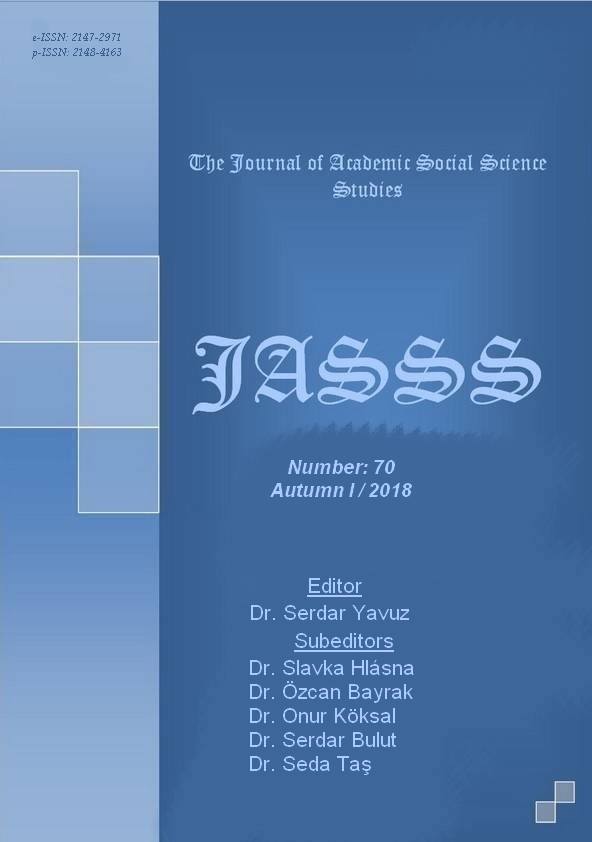HEINRICH BÖLL’ÜN “DOKUZ BUÇUKTA BİLARDO”ADLI ESERİ VE TÜRKÇE ÇEVİRİLERİNİN GIDEON TOURY’NİN EREK ODAKLI KURAMINA GÖRE KARŞILAŞTIRMALI İNCELENMESİ
Author :
Abstract
Bu çalışmanın amacı Nobel ödüllü ünlü Alman yazar Heinrich Böll’ün 1959 yılında yayımladığı “Dokuz Buçukta Bilardo (Billard um halb zehn) ” adlı romanı ile farklı çevirmenler tarafından farklı tarihlerde çevirisi yapılmış olan üç ayrı çevirinin karşılaştırmalı olarak incelenmesidir. Eserler incelenirken ilk olarak süreç öncesi normları, yani dışsal görünümleri, kapak sayfaları, metin içi bölümleri vb. ölçütler göz önünde bulundurulup, sonra çalışmanın amacı kaynak metinden rastlantısal seçilmiş cümle çevirileri ele alınıp, eşdeğerleri bulunmuştur. Kaynak metindeki metinler ile çevrilen metindeki eşdeğerleri arasındaki ilişki Gideon Toury’nin erek odaklı çeviri kuramına göre incelenmiştir. Çeviri normlarının incelenmesinde, süreç öncesi normlar ve çeviri süreci normlarına yer verilmiştir. Sonra eserin çözümlenmesine yer verilmiştir. Sonuç olarak Gideon Toury’nin erek odaklı kuramına göre incelenen üç çeviri eserde kullanılan çeviri stratejileri aynı olsa da, kaynak metne yakın yakın ise “yeterli”, erek metne yakın ise “kabul edilebilir” olarak değerlendirilmektedir. Yapılan çevirilerde en çok birebir çeviri, yer değiştirme, çıkarma, ekleme, uyarlama, yorumlama ve yerlileştirme stratejilerine başvurulmuştur. İnceleme sonunda çeviriler değerlendirildiğinde her üç çeviri de hem kaynak metin dil ve kültüre yakın olduğu için yeterli ve hem de erek metin, dil ve kültüre yakın olduğu için kabul edilebilir bir çeviri olarak değerlendirilmiştir.
Keywords
Abstract
The aim of this study is to make a contrastive analysis of a 1956 novel written by the Nobel-winning German Author Heinrich Böll and three translated versions by different translators. While analysing the literary works, the criteria such as preliminary norms, in other words, outer view, cover pages, inter-textual parts, etc. were taken into consideration primarily and then some translated sentences were picked up at random from the source text, which is the aim of the study, and their equivalences were found in the produced text. The relationship between these sentences with their equivalences were analysed within the frame of Gideon Tour’s target-oriented translation theory. When examining the translation norms, preliminary norms and operational norms and then the analysis of the literary text were covered. Upon our analysis according to Gideon Tour’s target-oriented translation theory, the translation strategies employed in three versions of translation were found to be the same; however, the one close to the original text is considered to be “adequate”, the one close to the target text is considered to be “acceptable”. Ultimately, it was seen that word-for-word translation, adaptation, interpreting, adaptation, deletion, naturalization and alteration strategies have been widely used. Consequently, all three translations being close to the source text, language and culture as well as to the target text, language and culture, they were considered to be both “adequate” and “acceptable”.





